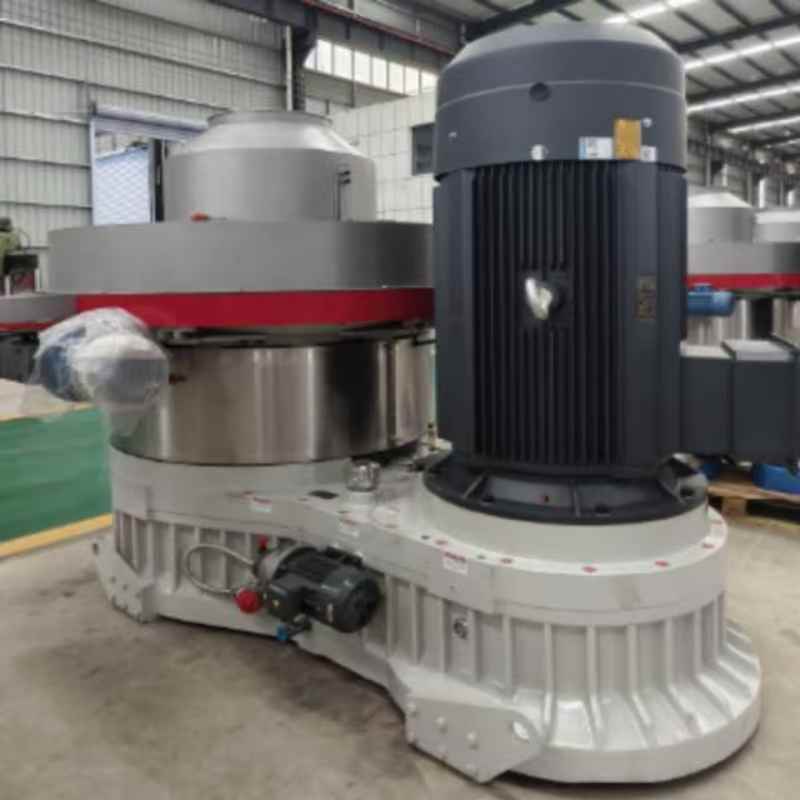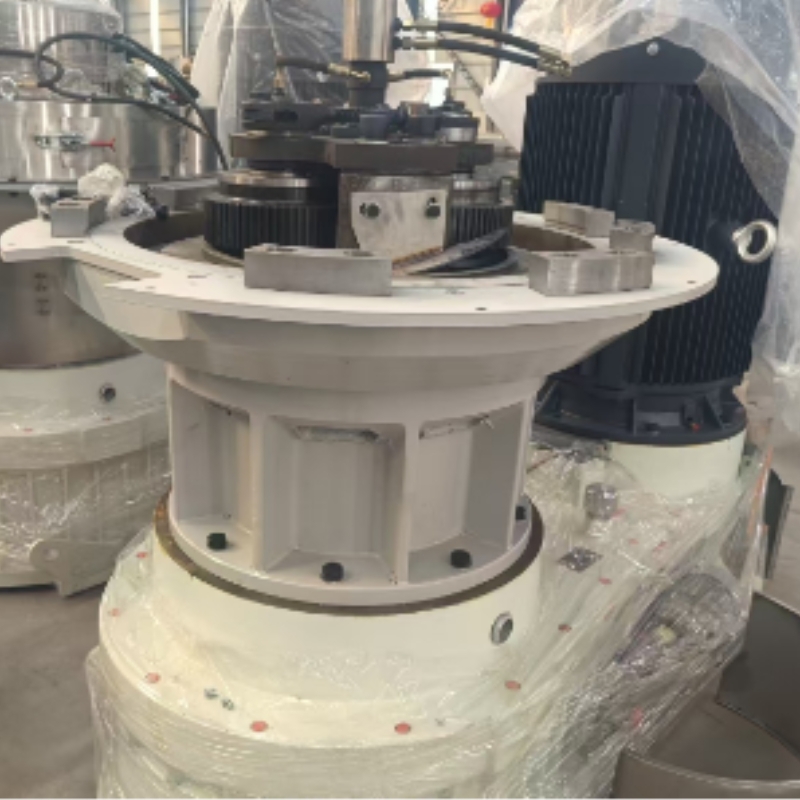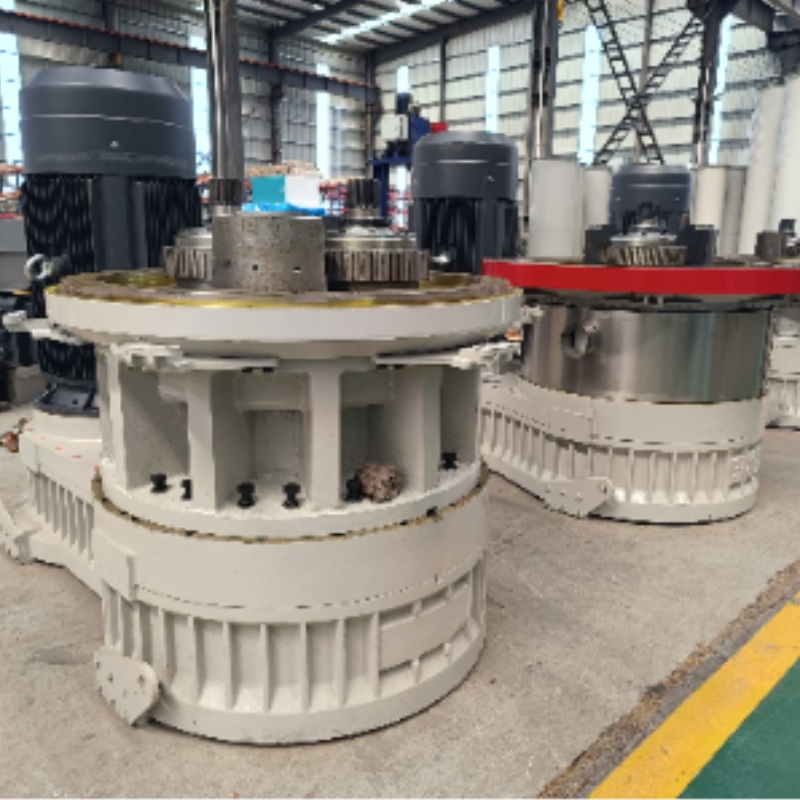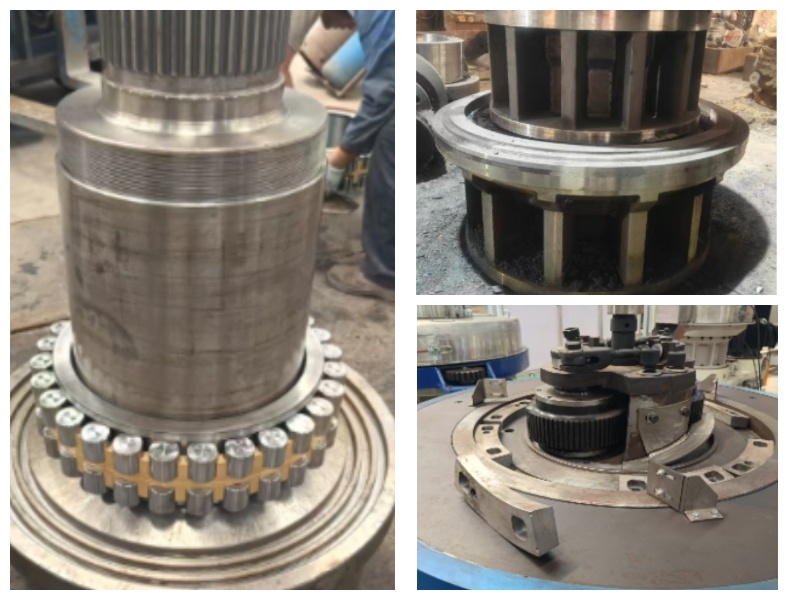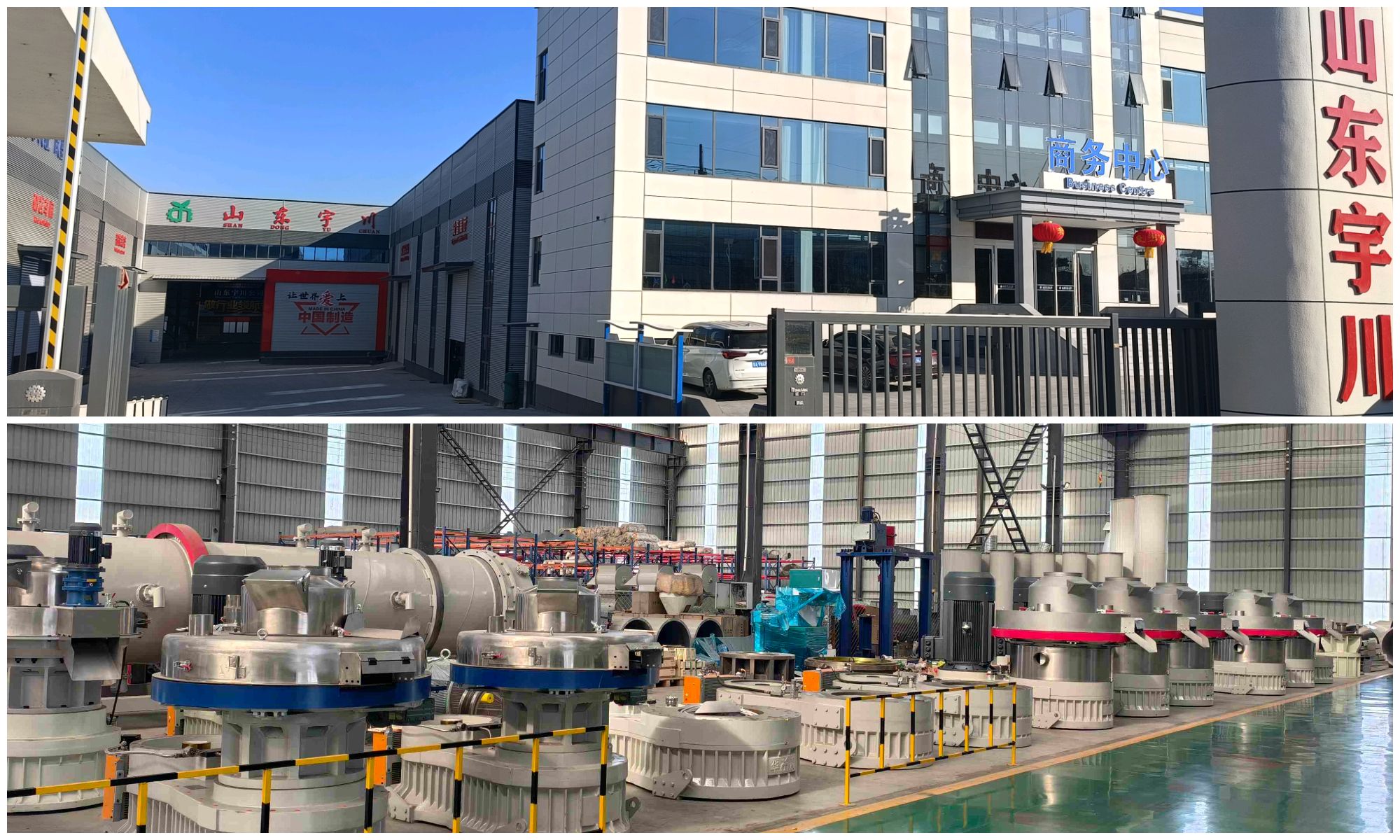Wood Pellet Production Equipment
Forming principle is special: by mechanical pressing (such as extrusion, stamping, etc.), the crushed wood raw materials are compressed shape under high temperature and high pressure, and the lignin in the raw materials (which softens at high temperature and plays a bonding role) is used to solidify the, without the need for additional adhesives.
High requirements for raw material pretreatment: the raw materials need to go through pretreatment steps such as crushing and drying to ensure the particle size and moisture content meet the requirements (the moisture content generally needs to be controlled within 10%-20%), otherwise it will affect the particle forming quality and service life. Core parts are wear-resistant: since the raw materials will produce significant friction on parts such as molds and pressure wheels during the forming process, these core parts usually made of high-strength, high-wear-resistant materials (such as alloy steel) to extend their service life. The production process is coherent: the typical process includes material crushing → drying → sieving → extrusion forming → cooling → packaging, and each link needs to coordinate and cooperate to ensure the stable output and quality of particles
Wood Pellet Machine
High Efficiency of Raw Material Utilization: As a dedicated equipment for processing wood chips, it has strong adaptability to the byproducts anddust generated in wood processing, and can directly convert such resources that may be discarded into high-value pellet products, significantly improving the utilization rate of wood chips and showing obvious benefits of turning waste into treasure.
Stable Pellet Forming Quality: Designed for the physical characteristics of wood chips (such as fiber structure, lignin content, etc), it can more precisely control the pressure and temperature during the forming process, producing pellets with uniform density and moderate hardness, which are not easy to break and have stable fire during combustion, with a high utilization rate of thermal energy.
Good Energy Consumption and Cost Balance: Compared with pellet machines for other harder wooden raw materials (such as, branches), wood chips themselves are softer, and the energy consumption in the preprocessing stage such as crushing is lower, and the pressure required during forming is relatively small, and overall production energy consumption is effectively controlled, reducing the production cost per pellet.
Strong Application Scene Orientation: The produced wood chip pellets perform prominently in the fuel field as they burn fully and leave little ash, making them ideal fuels for home heating and small boilers; at the same time, pure wood chip pellets can be used as additive potting soil in horticulture and as environmental protection bedding in the pet industry, with a clear advantage in subdivided application scenarios
Wood Pellet Machine The main shaft is the core transmission component of the biomass pellet machine, like the "spine" of equipment, bearing the important responsibility of transmitting power and driving the key working parts to operate. It is usually forged from high-strength alloy steel, with extremely high rigidity and resistance, capable of withstanding the huge radial and axial pressure generated during the pellet forming process. During operation, one end of the main shaft is connected to the motor through coupling, transmitting the motor's power to the die wheel and other working parts at the other end, driving the die wheel to rotate at high speed, and cooperating with the to complete the extrusion molding of the raw material. The main shaft has extremely high precision requirements, and its radial jump and axial movement need to be controlled within an extremely small, otherwise it will cause uneven clearance between the die wheel and the mold, affecting the quality of pellet forming, and even accelerating the wear of parts. At the same time, main shaft needs to be equipped with a good lubrication system to reduce friction loss during operation and extend the service life.
Wood Pellet Machine The bearing chamber is a key component that supports the smooth operation of the spindle. It is mainly used install and fix the bearings, providing a guarantee for the stable rotation of the spindle. Its interior usually houses multiple high-precision bearings, which are combined in a specific arrangement collectively bear the loads transmitted from the spindle, including radial and axial forces.
The structure of the bearing chamber focuses on sealing and heat dissipation. For sealing, structures such as rings and labyrinth seals are adopted to prevent external dust, wood chips, and other impurities from entering the bearings, avoiding wear and jamming of the bearings. For heat, some bearing chambers are designed with heat dissipation fins or cooling channels to dissipate the heat generated during bearing operation in a timely manner, preventing bearing lubrication failure or damage due excessive temperature. In addition, the connection between the bearing chamber and the spindle and the machine body needs to be precisely positioned to ensure the installation accuracy of the bearings, thus ensuring the operational stability of the spindle.
Wood Pellet Machine The pelletizing chamber is the "main battlefield" for the formation of biomass pellets the core area for the raw material to undergo the transformation from a loose state to a dense pellet. Its interior mainly comprises two key components: the mold and the pressure roller The mold is equipped with a large number of evenly distributed die holes, while the pressure roller rolls along the inner surface of the mold under the drive of the main shaft. During, the preprocessed biomass raw material is fed into the pelletizing chamber. Under the squeezing action of the pressure roller, the raw material is forcibly pressed into the die of the mold. In a high-temperature and high-pressure environment (heat generated by the friction and squeezing of the raw material itself), the lignin in the raw softens and plays a bonding role, compressing the raw material into a shape in the die holes and finally extruding from the other end of the die holes. The pellets then cut into the desired length by a cutter. The inner wall of the pelletizing chamber is usually made of wear-resistant materials to resist the friction and impact of the material. At the same time, the size and structure of its internal space need to be reasonably designed to ensure that the raw material can be evenly distributed between the pressure roller and the, improving the pelletizing efficiency and quality. In addition, the pelletizing chamber is equipped with structures such as a feed port and an outlet to ensure the smooth entry of material and the timely discharge of pellets.
Product Parameters
Manufacturer's appearance

